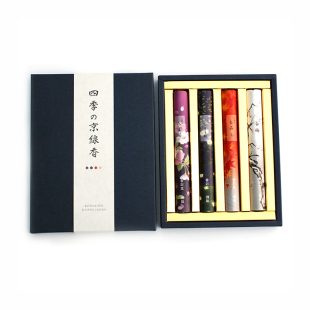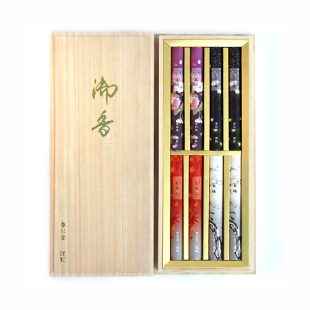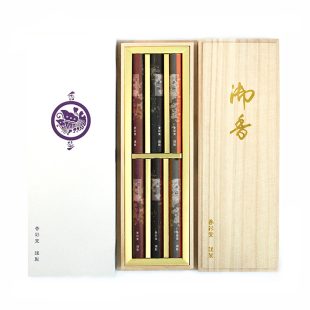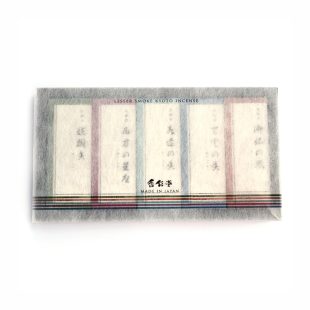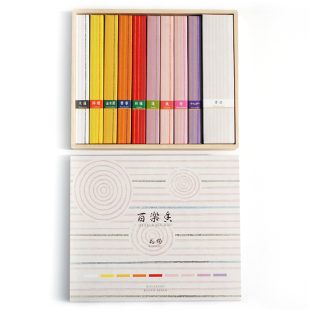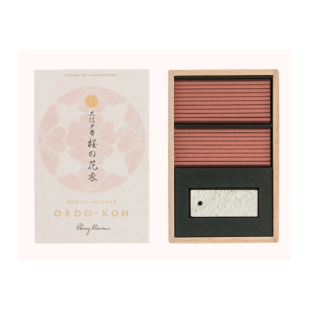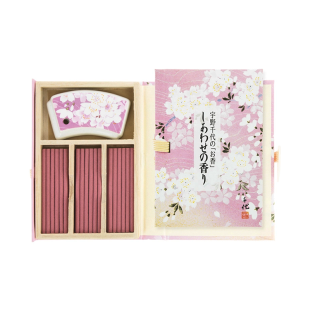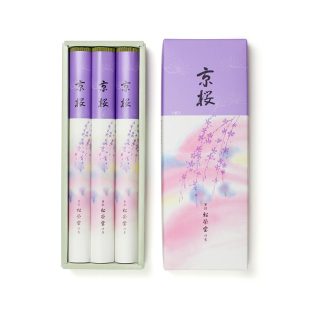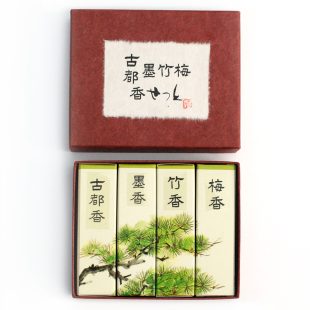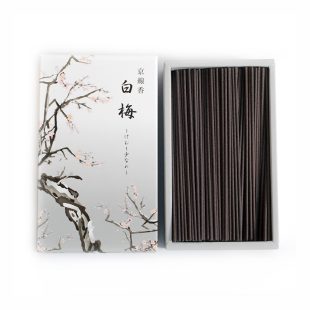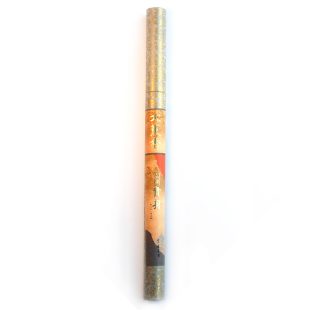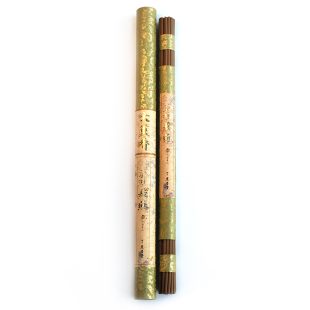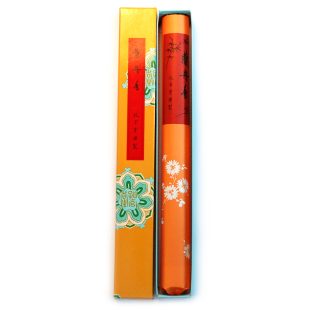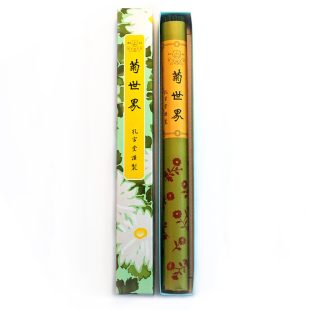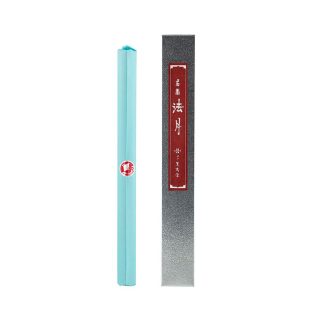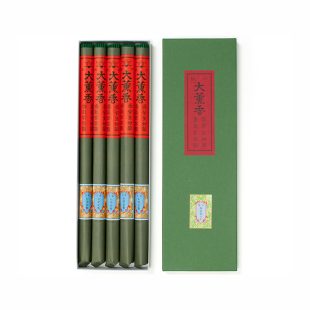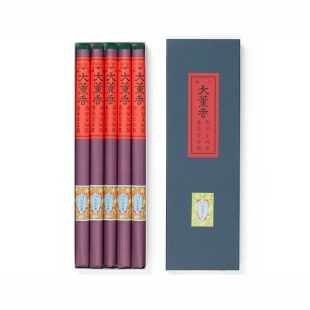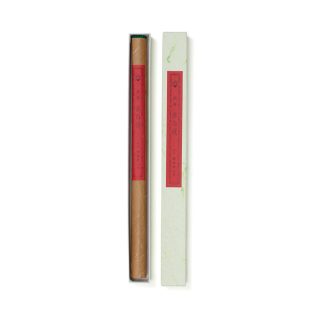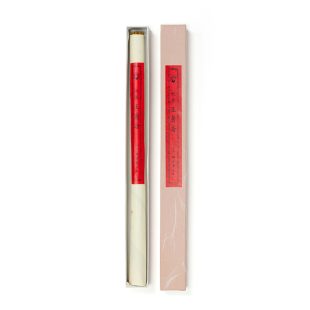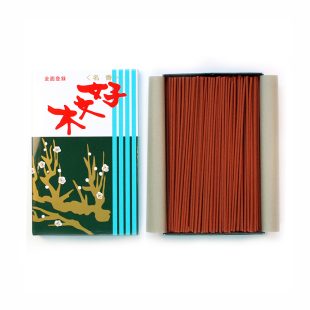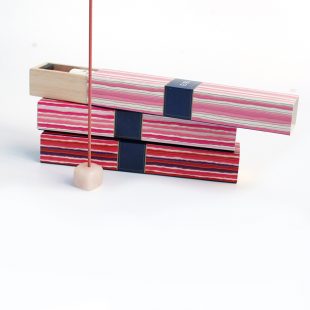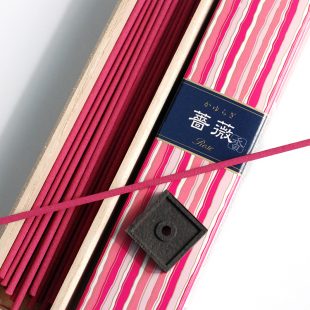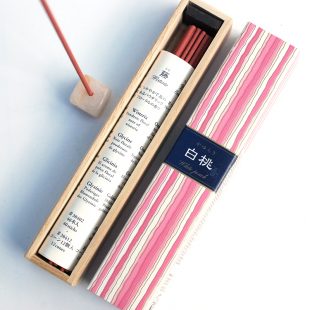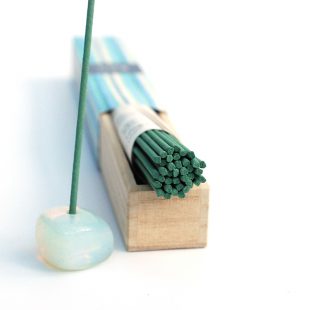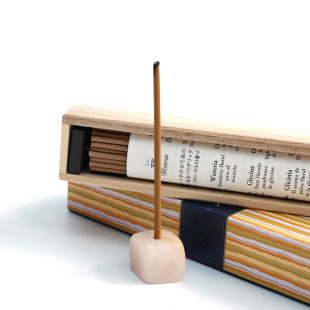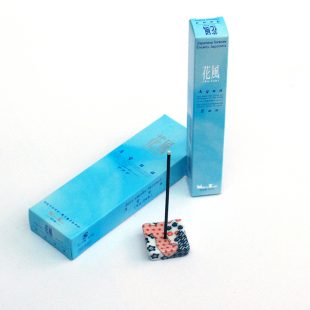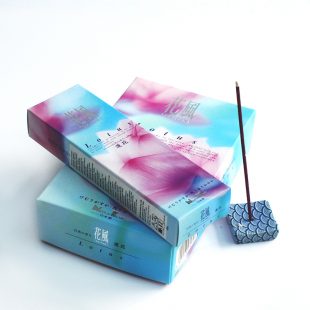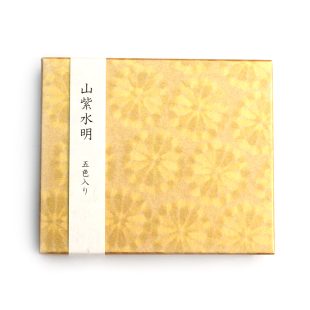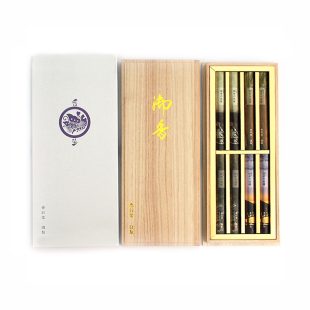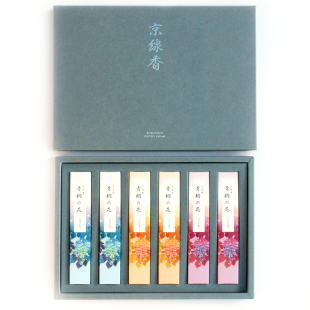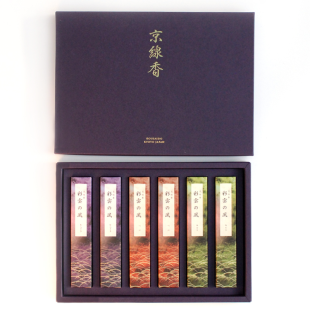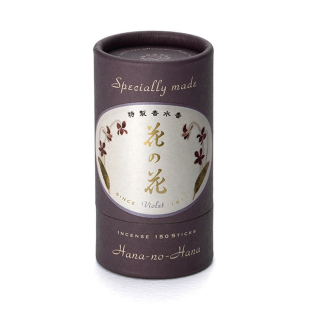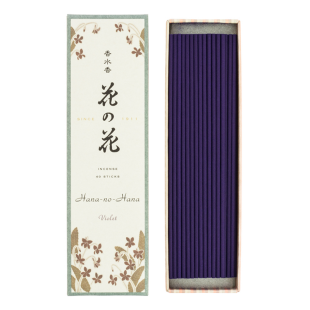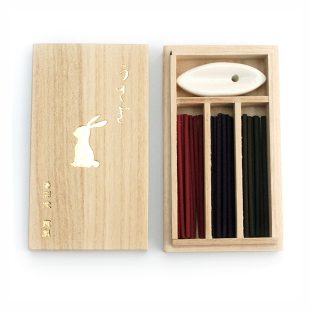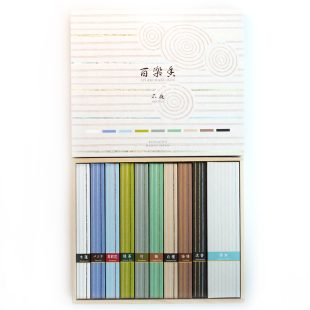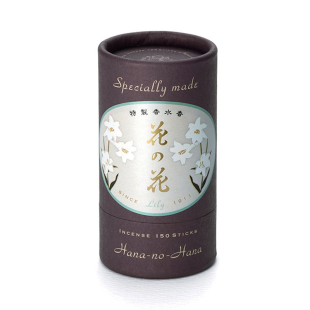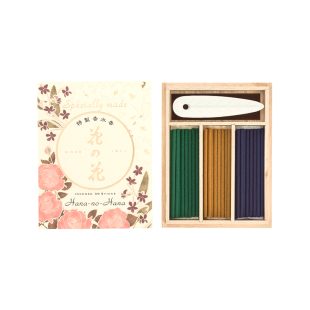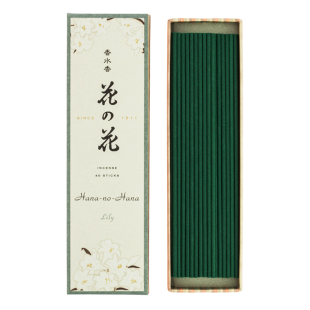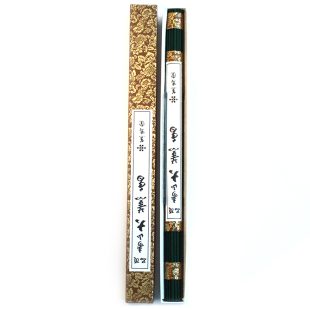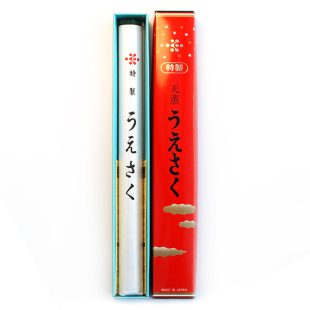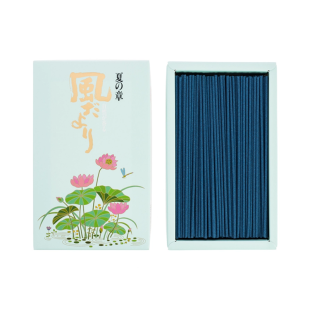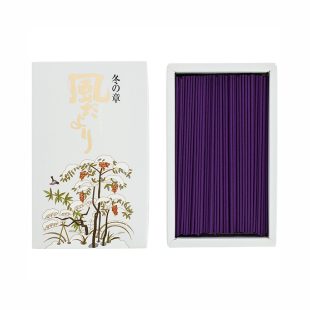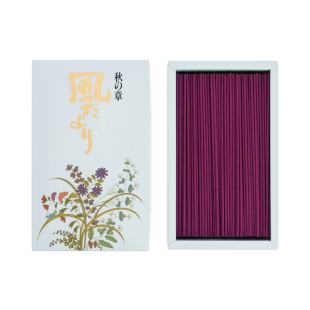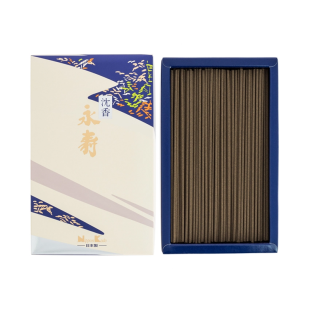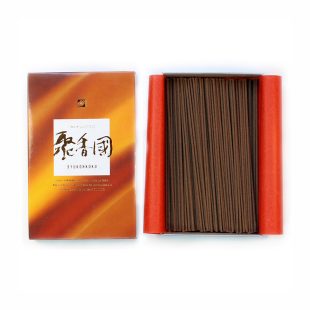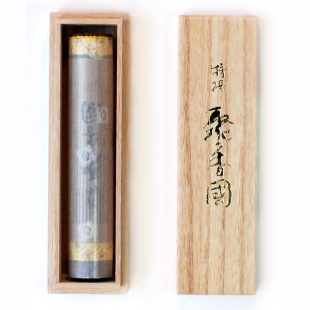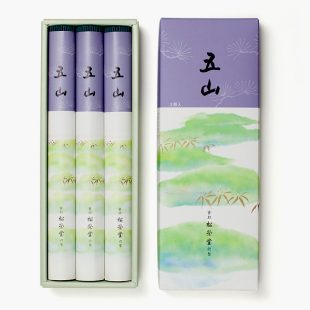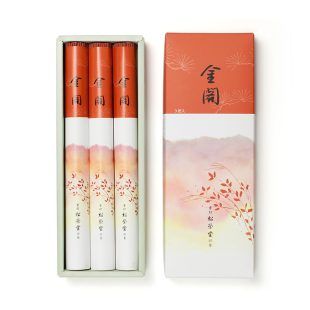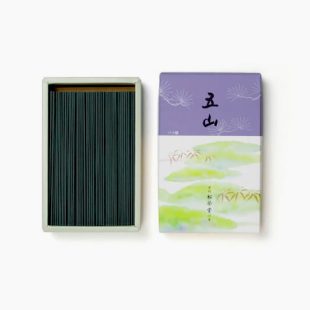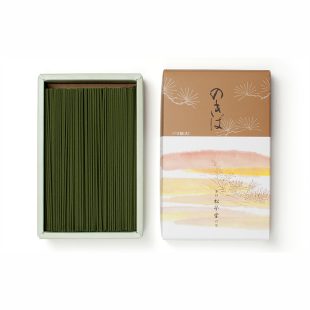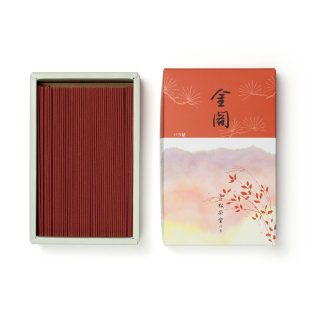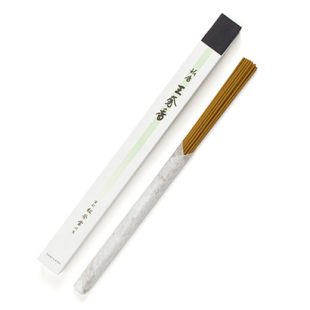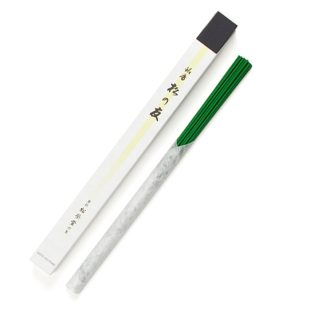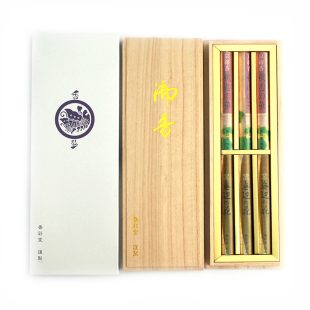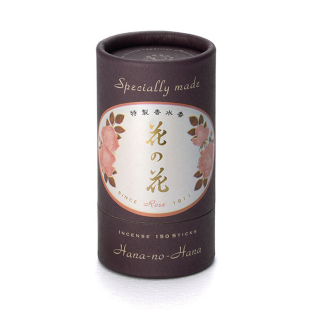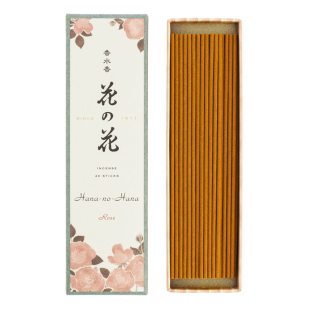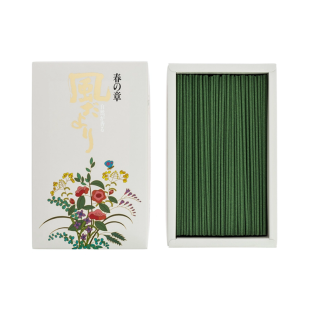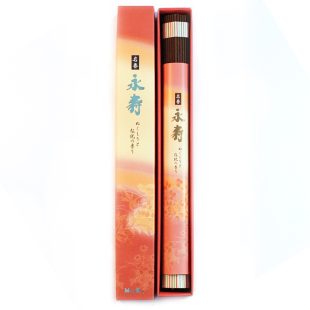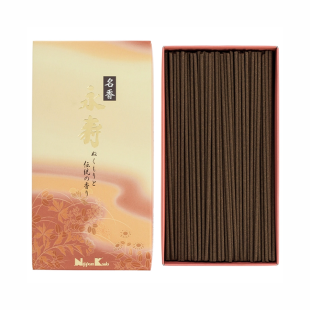Flowers, Leaves, Herbs, Fruit and Seeds
The parts of the plant above ground: flowers, leaves, fruit
and seeds; form many of the top notes in incense forumlas.
Fragrance: Herbaceous, green, sweet, warm and sharp fragrance.
Note: Middle
East Asian Element: Water
Western Element: Water
East Asian Season: Winter
Western Season: Summer
Astrology: Taurus, Cancer, Libra
Planet: Moon, Venus
Chamaemelum nobile is a well-known herb from the Asteraceae family native to Western Europe, the Medieranian, the Americas and the Azores. The dried flowers have a distinctive fruity, rich herbaceous and warm honey aroma.
They are used widely in cosmetics as an anti-inflammatory and moisturiser, and in herbal remedies as a relaxant, sedative, anti-spasmodic and digestive.
Incense with Chamomile
Incense containing chamomile has sold out.
Be emailed when it’s back in stock:
Cherry Blossom
Energising, Joy, Creativity, Peaceful, Regenerative, Uplifting
Fragrance: Light, powdery, sweet with slight citrus.
Note: Top
East Asian Element: Wood
Western Element: Water
East Asian Season: Spring
Western Season: Spring
Astrology: Aries, Taurus, Libra
Planet: Venus
“Cherry Blossom” refers to the scent of the blossom of the ornamental cherry tree – the Oshima cherry, or Prunus Speciosa, part of the Rosaceae family. Native to Japan, Korea and China, they bloom before the leaves appear and have a faint scent similar to lilacs. Known in Japan as Sakura, the white and pink blossom is iconic and marks the beginning of Spring.
The soft pretty, soft and powdery scent has been used throughout the East, adding a light air of freshness to perfume and incense.
The brief two-week flowering period occurs at the beginning of Spring before the blossoms drop to carpet the ground. For this reason, they symbolise the impermanence of life, renewal and our inevitable mortality. Their stunning and fragile beauty symbolises kindness and gentleness, elegance, refinement and joy. Their seasonal appearance also means they convey wistful nostalgia.
The pink blossom symbolises beauty, love, and affection, both platonic and romantic, and power and strength in women. The white blossom is linked to innocence, purity, hope and rebirth. When the tree is in full bloom, it is likened to the transcience of clouds.
For all these reasons, the gift of Cherry Blossom scent or incense is a
well received, traditional once, especially during Spring.
Incense with Cherry Blossom
Clove (Cho-ji)
Fragrance: intense and complex: barky, spicy, warming, sour and crisp.
Note: Middle
East Asian Element: Fire
Western Element: Fire
East Asian Season: Summer
Western Season: Summer
Astrology: Aries, Scorpio, Pisces, Sagittarius
Planet: Jupiter
Cloves are the sun-dried pink flower buds of the Syzygium aromaticum tree from the Myrtaceae family. These are tall evergreen trees native to Indonesia, Madagascar, the Moluccas Islands (Spice Islands), Tanzania, and the Comoro Islands.
Cloves distinctive fragrance comes from the aromatic oil compound eugenol, which gives them their intense and complex scent.
It is used the world over and is integral to many cuisines. They are one of the principal spices traded from as far back as 200BC between Rome, India, China and Indonesia.
Cloves are stimulating, and one of the primary seven ingredients in Buddhist incense. Cloves are antiseptic, anti-inflammatory, and immune-boosting. Medicinally they are used in tooth care for pain relief and as a breath cleaner; for digestive issues like parasites, nausea, vomiting and pain; and to improve respiratory health and blood circulation.
Incense with Cloves
Flowers
Fragrance: often floral, sweet, green, spicey
Note: most often the top note
Tuberose, cananga odorata, freesia, gardenia, daphne, lilac, narcissus, chrysanthemum, violet, lavender, bergamot all provide the top note in scents.
Although there are variations, they are often sweet, green, spicy and sharp. They add a lightness and tend to fill the air, lasting longer than some other notes and ingredients.
Throughout time and in all cultures, we use them in celebrations and commemorations. They symbolise beauty, joy and grace, as well as abundance and impermanence.
We plant them in out gardens and beautify our homes with them.
We give them to others as a symbol of love, friendship, thanks and to mark important days.
Many people offer the gift of flower-based incense for all these reasons as well.
Incense with Floral notes
Jasmine
Joy, Connectedness, Uplifting, Creativity, Mental Clarity, Calming
Fragrance: Warm, sweet, wet, heavy.
Note: Top
East Asian Element: Earth
Western Element:
East Asian Season: Late summer
Western Season:
Astrology: Cancer, Pisces
Planet: Moon, Venus
Jasmine has around 200 species and is a genus of vines in the Olive family. True Jasmine is believed to have originated in the Himalayas and spread to warm and tropical climates in Africa, Eurasia and Oceania.
The word Jasmine comes from the Persian word ‘yāsaman‘, meaning gift from God.
The scent from the mainly white or yellow flowers is strongest in the evening and is highly recognisable and popular among perfumers and in cosmetics.
It is used worldwide for its aromatherapy, medicinal and culinary qualities.
The tea is used throughout East Asia and has an organ affinity to the Spleen, Stomach and Liver. As an adaptogen, it regulates the nervous system. It is used to help with headaches, insomnia, depression, anxiety, impotence and reproductive health, menstrual disorders, and digestive health. It is an antiseptic, antiviral, antibacterial and antispasmodic, increases blood oxygen saturation and lowers the heart rate.
Incense with Jasmine
Fragrance: Sweet, floral and peppery
Note: Top
East Asian Element: Metal
Western Element: Air
East Asian Season: Summer
Western Season: Summer
Astrology: Cancer
Planet: Moon
Lilium’s, or true Lilies, are flowering herbaceous bulbous plants that grow throughout the northern hemisphere. The distinctive, highly scented, hermaphrodite flowers bloom in July.
The lily symbolises wisdom and compassion for Buddhists, purity for Christians, and was the holy flower of the ancient Assyrians. In China, it is an emblem of summer and abundance, and the word for lily means “Forever in love”.
The fragrance is mellow and sweet, with hints of citrus and spice.
The plant is cultivated commercially for flowers, and essential oils are extracted for the perfume industry. Both the bulbs and flowers are used in incense, and the bulbs are also used as a starchy vegetable.
It creates a relaxing atmosphere and is used in aromatherapy to relieve stress, anxiety and tension headaches. Its calming properties are used in meditation to calm and focus the mind.
The bulb is used both as a food and for its medicinal properties. It is used as an antispasmodic, for restlessness, bronchitis and pneumonia. As a poultice, it helps ulcers and inflammation and promotes the healing of wounds, burns, fever sores and hot rashes. It assists the Lungs and Heart, and is a general tonic for depletion and promotes sleep.
Incense with Lily
Lily of the Valley
Fragrance: green, spicey, sweet, with hints of lemon
Note: Top
East Asian Element: Water
Western Element: Air
East Asian Season: Spring
Western Season: Spring
Planet: Mercury
Astrology: Gemini
Convallaria majalis, or Lily-of-the-Valley, is a small woodland perennial with small, delicate, strongly scented bell-shaped white flowers that flower in early spring. It is native throughout the cool northern hemisphere.
The little fairy-like bell flowers are the subject of much mythology. Called by many names: Ladder-to-heaven, Maybells and Our-Lady’s-tears, it often symbolises purity, innocence, hope, renewal and a return to happiness after the darkness of winter.
It is celebrated during Mayday in many countries and is the national flower of Yugoslavia and Finland.
Known as Muguet in French, its scent is often celebrated as a single-note perfume. In old England, its common name was glovewort and was used to create hand salve.
Medicinally, although the berries are poisonous to humans if ingested in large quantities, the scent has been used to “comfort the heart and strengthen the memory”.
A decoction has been used for cardiovascular problems, as a purgative and diuretic, lung weakness, depression, epilepsy, and stroke. An ointment from the roots is used for burns and prevents scar tissue.
The leaves are used to create green dye in spring and yellow in autumn.
Incense with Lily of the Valley
Fragrance: Magnolia has a soft, creamy, warm and sweet fragrance with a light citrus note.
Note: Middle
East Asian Element: Fire
Western Element: Earth
East Asian Season: Spring
Western Season: Summer
Astrology: Libra, Pisces
Planet: Moon, Saturn
Magnolia is a medium-sized tree with large, robust leaves and flowers. Estimated to be more than 100 million years old and appearing before bees evolved, they are one of the oldest flowering trees in existence. In some cultures magnolias symbolise perseverance and dignity.
Originating in Asia and the Americas, they can grow up to 27 meters tall with a 1.5-meter diameter.
The large distinctive flowers are some of the first to appear in Spring. These flowers are usually white with a purple tinge, but ornamental varieties can be white, pink, purple, green, or yellow. They appear before the leaves and are followed by large red or pink fruits.
The strong, fragrant scent of magnolia is used in perfumery, and essential oil.
The bark, leaves and flowers are used in Traditional East Asian Medicine as a mild diaphoretic, tonic, and stimulant. It’s organ affinity is the Lungs and Stomach. It is used in treating rheumatism and as an alternative to quinine for malaria. Tea from the leaves is used for stomach ailments: a warm tonic is laxative and increases therapeutic sweating, and a cold tea infusion can be a preventative and general health tonic.
Incense with Magnolia
Fragrance: It has an earthy, mossy, herbaceous and sweet scent when heated.
Note: Middle
East Asian Element: Metal
Western Element: Earth
East Asian Season: Autumn
Western Season: Autumn
Astrology: Capricorn
Planet: Jupiter
Oakmoss (Evernia prunastri) is a lichen of the Usneaceae family that grows throughout most of the Northern Hemisphere.
It mainly grows on oak trees (hence the name) but is also found on other trees native trees. The fronds are bushy, flat and branched, resembling antlers. It grows wild and is difficult to propagate. It is primarily foraged for in winter.
The Egyptians imported it to use for embalming. Oakmoss essential oil has been used throughout history in perfumery. It is an expensive ingredient that acts both as a scent and as a fixative.
It is used for making beer, bread and medicinally as an antibiotic.
Incense with Oakmoss
Patchouli
Connectedness, Strengthening, Regenerative, Relaxing, Peaceful. Grounding
Fragrance: The scent of patchouli is complex: warm, sweet, woody, herbaceous, balsamic and slightly spicy.
Note: Middle
East Asian Element: Metal
Western Element: Earth
East Asian Season: Autumn
Western Season: Autumn
Astrology: Taurus, Virgo, Capricorn, Aquarius
Planet: Saturn
The Patchouli plant (Pogostemon patchouli) is a member of the Lamiaceae family of aromatic herbs, which includes thyme, bergamot mint, sage and lavender. It is an evergreen, bushy perennial with triangular leaves native to the Philippines, India, Malaysia, Indonesia, and now grown throughout Asia.
The carefully prepared dried leaves of the plant are used in incense. A resin is also made from the leaves.
Medicinally patchouli is an astringent, antiseptic, warming herb. It is used to reduce fever, as a diuretic, a digestive, and to control vomiting. It is also used both as a sedative and a tonic for the nervous system.
Essential oils are extracted from the leaves to be used in perfumes, aromatherapy, air purifiers and toiletries. In India, it is used to scent and preserve expensive and valuable clothing.
The dried leaves are used throughout Asia to repel moth, store clothing and carpets, and in bedding as a calming antiseptic and tonic.
Incense with Patchouli
Fragrance: distinctive warm, floral, slightly spicy and rich velvet aroma
Note: Top
East Asian Element: Wood/Earth
Western Element: Water
East Asian Season: Spring, Summer
Western Season: Spring, Summer
Astrology: Taurus, Libra
Planet: Moon, Venus
With over 150 original species, roses are the hero plant of the Rosaceae family. It has grown throughout the northern hemisphere for thousands of years. The Damask Rose, or Rosa damascena, is the highest grade for essential oils, incense and herbology.
Many cultures worldwide have associated the fragrance with love, sensuality and fertility. It is uplifting and used to create a positive and calming environment.
Used throughout the centuries to comfort and support, it alleviates depression and lack of confidence, opens the heart, inspires love, and induces positive dreams.
Roses are used extensively in perfumery, aromatherapy, and as a skin rejuvenator and healer. The petals and vitamin-rich hips are used in salads, teas, jams, jellies and syrups.
It is an antioxidant, astringent, antibacterial, and a digestive. Emotionally it relieves low mood, depression and lethargy.
Ayurvedic uses include mouth and throat inflammation, heart conditions, circulation and menstrual complaints.
In East Asian Medicine, it Bitter and Sweet, and used to regulate the Liver, Lungs and Heart to improve abdominal pain, loss of appetite and vomiting, depression and irregular menstruation.
Incense with Rose
Safflower (beni-bana)
Fragrance: Warm, spicy, floral, herbaceous and sweet.
Note: Middle to top
East Asian Element: Fire
Western Element: Fire
East Asian Season: Summer
Western Season: Summer
Astrology: Taurus, Leo, Libra
Planet: Moon, Venus, Mars
Safflower (Carthamus tinctorius) is a herbaceous, thistle-like annual that grows in arid areas, and is native to India and North Africa.
This aromatic plant grows to around 1 meter tall, and the flowers and stamens of the plant harvested for a variety of uses.
The dried yellow-orange flowers are used as an ingredient in incense and often give the incense a yellow hue.
The plant is often used in culinary preparation, as well as in traditional medicine. The Ancient Egyptians used safflower oil extracted from the seeds in cosmetics and is still used extensively in cosmetics and hair products today. The dried flowers have been used to colour foods and make red (carthamin) and yellow dyes.
Medicinally treats menstrual and abdominal issues, wound care and skin disorders, measles, fevers, heart and vascular health, asthma and lung health, and immune support.
Incense with Safflower
Incense containing safflower has sold out.
Be emailed when it’s back in stock:
Star Anise (Dai-uikyo)
Fragrance: It’s fragrance is lively, sweet and herbaceous.
Note: Middle
East Asian Element: Earth
Western Element: Air
East Asian Season: Summer
Western Season: Spring
Astrology: Pisces, Sagittarius
Planet: Jupiter
Star anise is the star-shaped dried fruit pod of a medium-sized tree of the Magnoliaceae (Magnolia and Tulip tree) family that grows in Southern China and Vietnam.
The liquorice-flavoured spice is one of the primary medicinal and culinary plants and a popular ingredient in Chinese cuisine and confectionary. Throughout Asia, people eat it after meals to aid digestion and cleanse the breath.
It contains 1.8 Cineole, a phytochemical that is both a stimulant and a sedative; and Limonene, which is begin tested as a possible anti-Alzheimer possibility.
It is an anti-congestant and has anti-bacterial and anti-fungal properties. It also helps muscle spasms and abdominal pain.
Taken in excess, it is narcotic, can slow the circulation and cause convulsions.
